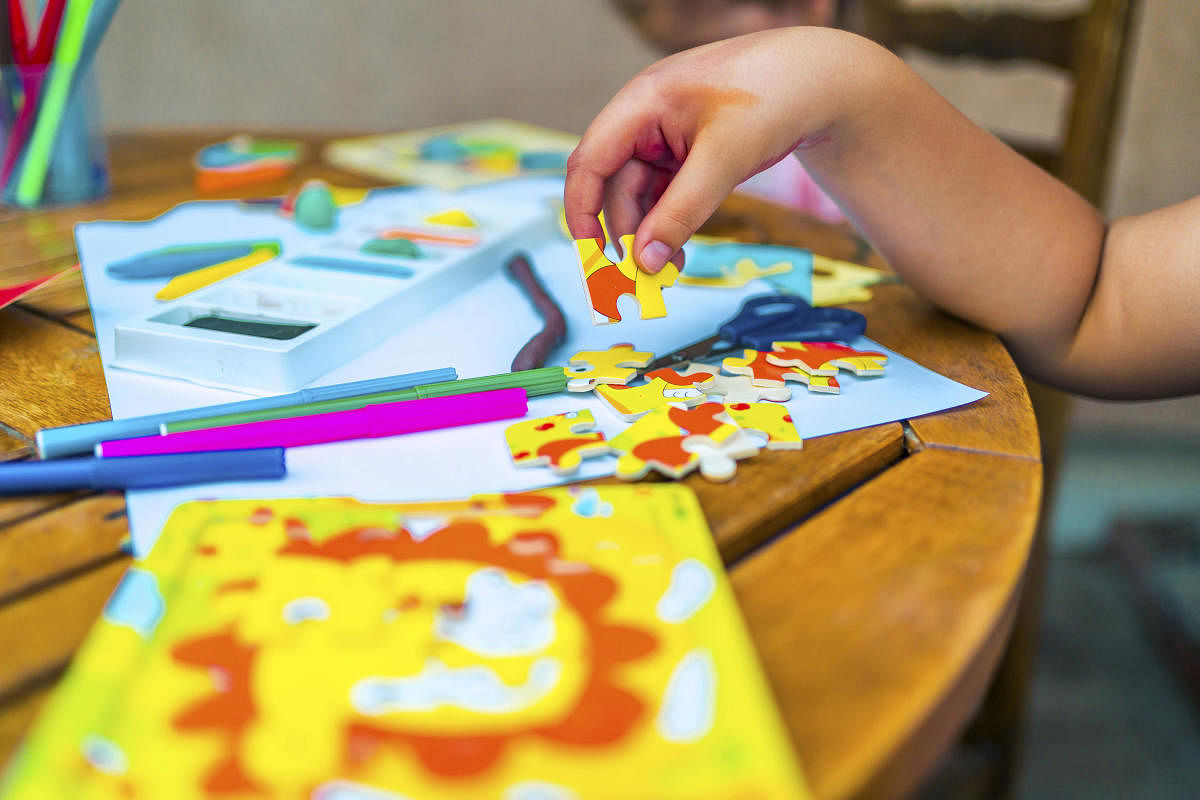
Do you recall your school days, when the teacher would often shoot a half-broken chalk piece like a missile when she found that a student is not paying attention? Or when some student is distracted and is bothering others?
A lot of times, children who are unable to focus in class, constantly drift attention and feel lost, tend to entertain themselves by speaking to their friends while the class is on or picking up some object and playing with it. They cannot follow what’s written on the board and cannot keep pace with the writing in the book. They cannot even sit still for a long time and tend to keep moving.
Earlier, such students were labelled as lazy or nuisance creators. But thankfully, today their problem is well recognised. The school in Belagavi where I am a counsellor has trained several of its teachers to identify such behavioural patterns in early school kids and refer them immediately. They also maintain a detailed file of such kids and note their progress after remedial measures. That makes early intervention a lot easier.
For years, India’s ASER Report published by Pratham and several surveys of the government have reiterated that sometimes kids studying in Class 5 cannot read and write from a Class 2 textbook. The problem is not as much with access to education as it is with learning difficulties among school kids. Simple interventions in the early years can bring these kids on track and help them keep pace with normal kids.
Recently, there has been a spurt of inquiries from anxious mothers about handwriting classes for their kids during the summer holidays. Handwriting problems also form part of learning difficulties where young children confuse between alphabets, cannot hold the pencil properly in their hands and in general cannot visualise numbers and alphabets properly and reproduce them on paper.
Remedial measures
Effective remedial measures are necessary to correct this. For example, the Davis Dyslexia Correction program recognises that dyslexic children think in three-dimensional pictures and not words. This knowledge helps educators devise methods to control the roving mind’s eye.
Other methods like working with clay and modelling alphabets and numbers from it also help such children in ‘feeling’ the shape and reproducing it better on paper. Once a child is comfortable with the alphabet and numbers, it becomes easier to keep pace with what’s written on the board and copy it quickly in the notebook.
Identifying children with learning difficulties like dyslexia, dysgraphia and dyscalculia in as early as Kindergarten or classes 1 and 2 enables parents to seek remedial measures in time. Once the child gets accustomed to confusing between his ‘p’ and ‘q’ or ‘b’ and ‘d’, he will not easily come out of the mess. That makes an early intervention all the more necessary.
(The author is a counsellor based in Belagavi)